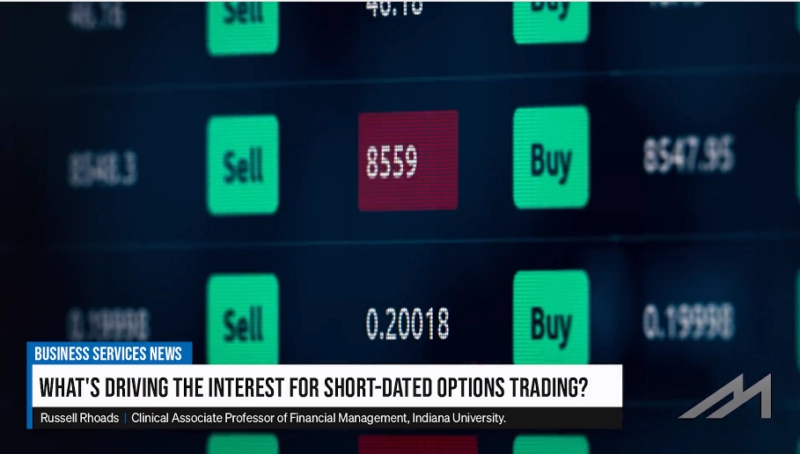Do June’s CPI Numbers Mean More Interest Rate Hikes? Experts Are Watching Other Indicators For a Better Answer
The dance between inflation and interest rates is a delicate one, and the Federal Reserve’s role as the choreographer is critical. With the release of June’s CPI report, how should businesses gauge the health of the market and the chance for further interest rate hikes. What will be the Federal Reserve’s next move?
June’s CPI report, which looks back on May’s consumer prices, saw a modest rise of 0.1% in consumer prices month-over-month, falling below the predicted 0.2% and marking a deceleration from April’s 0.4% increase. The 12-month inflation rate also dropped to 4.0%, a significant decrease from April’s 4.9%. Notably, the core index, excluding food and energy, held steady at 0.4% for the month, while the annual inflation rate softened to 5.3% from 5.5%.
The Federal Reserve is expected to welcome this decline in inflation, the lowest CPI numbers since March 2021 for the headline rate and November 2021 for the core index. However, the Federal Open Market Committee (FOMC) is not entirely satisfied yet, as other important gauges of economic health will probably motivate their next steps. For this reason, experts are waiting with bated breath for further reports that will better reveal how the Fed will move forward with its monetary policy.
Dr. Russell Rhoads, Director of Research at United Ethos Wealth Partners, breaks down why he’s waiting to make a final assessment on the ripple effects of June’s CPI until he sees more numbers, and which numbers are most critical for businesses to watch closely.
Russell’s Thoughts
“CPI came in at 4% this week, lowest reading we’ve had in a really, really long time, and we are definitely trending in the right direction, but we’re not quite where the Fed would like to see that number.
Now, the FOMC periodically revisits their employment targets, their growth targets, and their inflation targets. And they’re due to do this in the next few months, and there are rumblings out there that they may raise the CPI, the tolerable CPI, up to something around 3% at the most. So we’re still not where the FOMC would like us. Now, they did pause hiking rates at the last meeting, but the dot plot is targeting 5.6% by the end of the year as the risk-free rate, which would be two hikes.
Now, currently, the futures market, which I like to pay more attention to, is only pricing in one more hike. They’re pricing this in at the late July meeting. This means if you are concerned with respect to what the Fed’s going to do, pay very close attention to the PCE, PPI, and CPI. They’re going to be paying very close attention to the inflation numbers that come out in July.
Right now, we’ve got that hike priced in, and then according to the markets, not the dot plot, there’s a disconnect between the markets and the dot plot. The dot plot has us doing two hikes, the futures markets have us at one hike and then pause through the rest of the year. The only real change is the futures markets a couple of weeks ago had us at a hike in July and then a cut before the year is over with. That cut seems to be off the table.”
Article written by Daniel Litwin.
Recent Posts

The market for short-dated option trading, known as “zero-day options,” has seen a significant rise in activity, rising in popularity since the beginning of the COVID-19 pandemic. These options allow traders to position themselves based on specific events like economic data releases or monetary policy decisions, and zero-day options for the S&P 500 now make…
